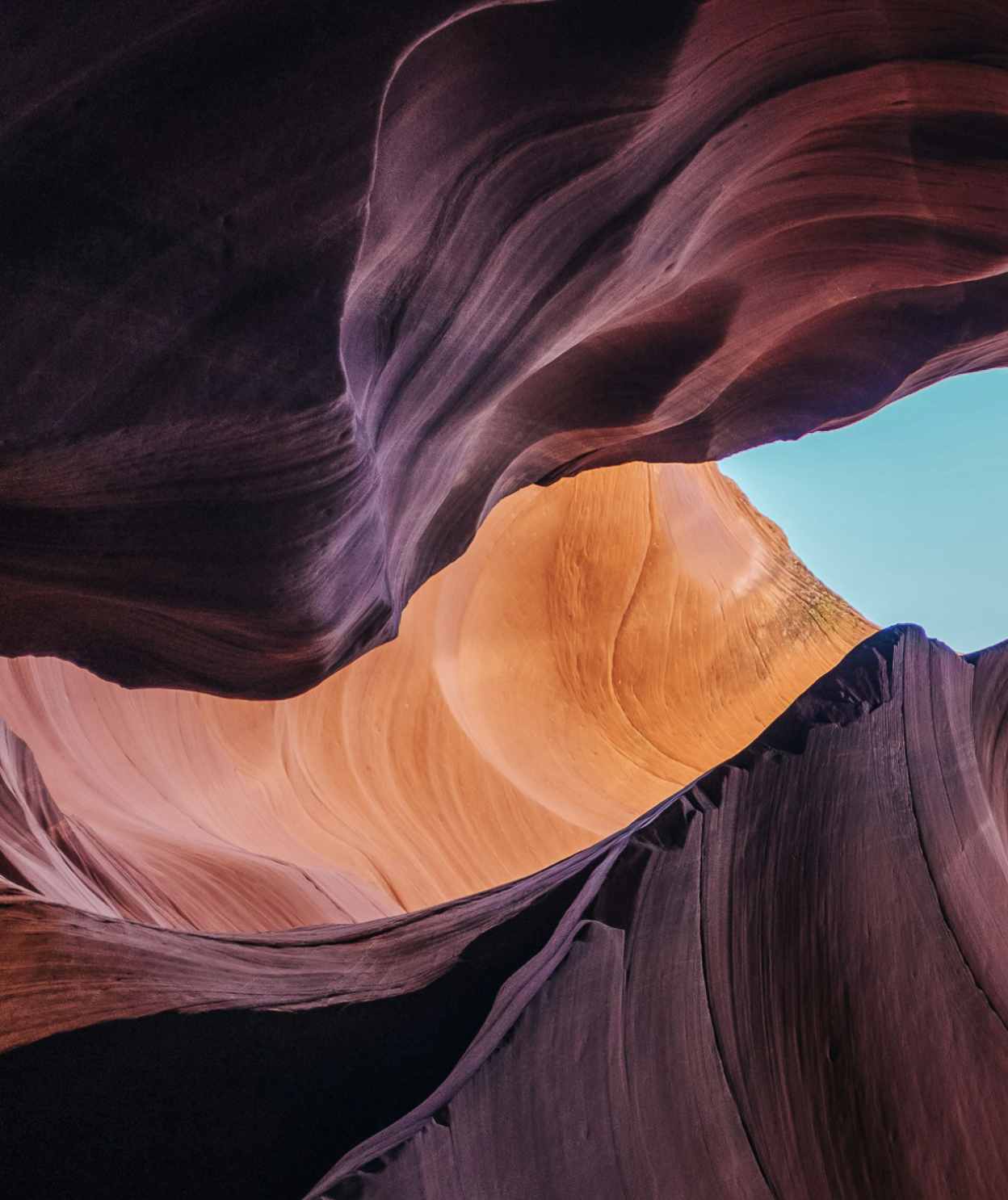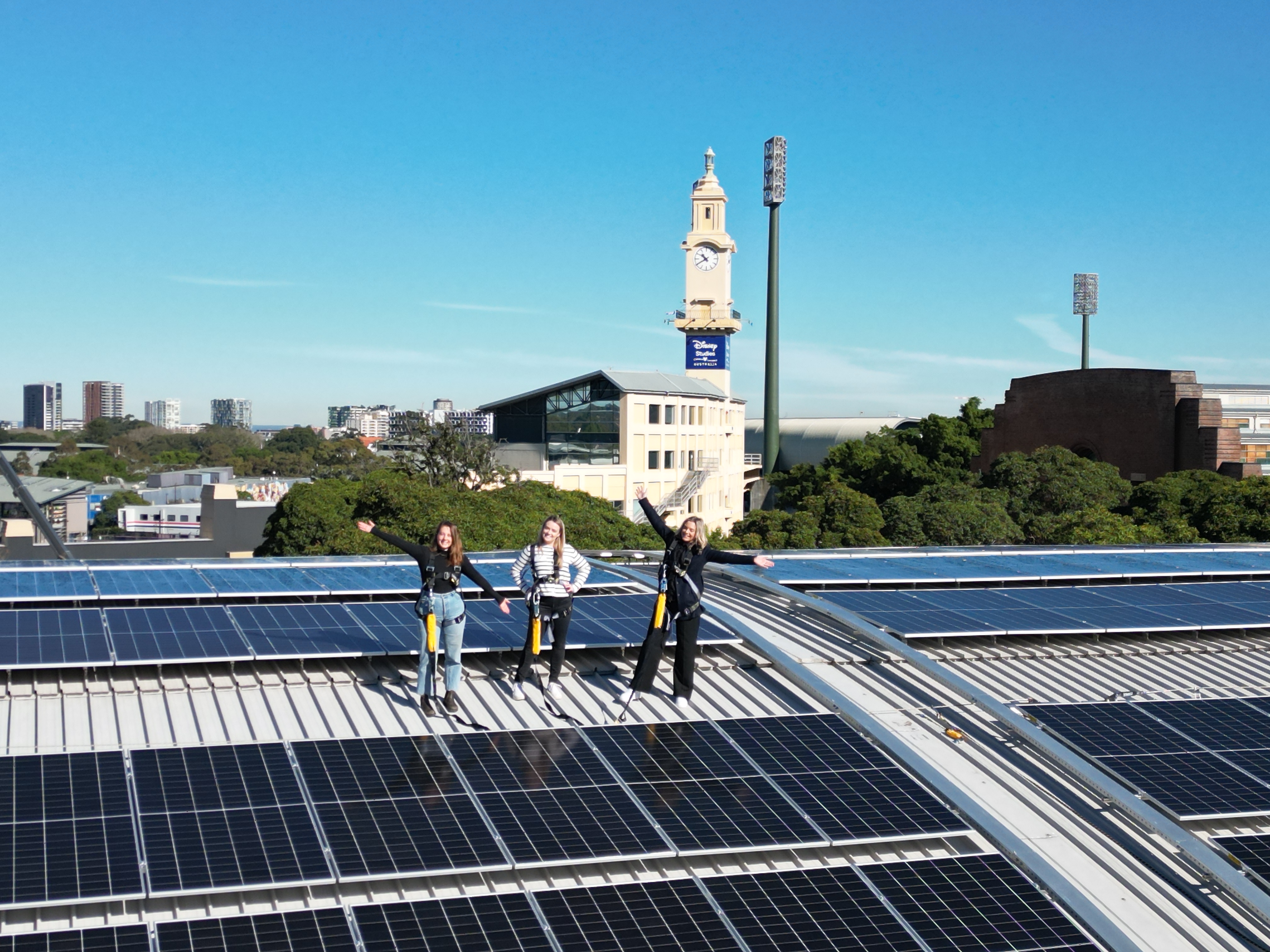The Oyster Gardener- A Short Film with a Big Impact
The Oyster Gardener, a 10-minute documentary by You and Me Picture Productions, in association with Regen Studios, commits to planetary preservation - on and off screen

The Oyster Gardener follows Jolie, a Year 12 student and aspiring marine biologist as she joins forces with her community to bring back the lost oyster reefs of the Noosa river.
On screen, it’s a story about regeneration, community spirit, and finding hope in the face of eco-anxiety. This theme was continued off-screen, with the small production team employing a range of sustainable production methods and calculating its carbon footprint.
Hear from director Kim Ingles and producer Julia Lörsch on how they brought sustainability alive on their production, and how they’re planning to green their next project.
At a glance:
- Even a small production filmed locally can create a large amount of carbon - 0.833 tonnes of CO2 equivalent, to be exact! This is around the same as four round trip flights from Sydney to Melbourne.
- Measure your production’s carbon footprint to highlight areas of impact and opportunity. Eg: travel and transport.
- A small crew means greater flexibility and an easier switch to sustainable practices.
- Pairing on-screen sustainability messaging with sustainable production methods doubles the impact and aligns values for cast, crew and creatives.
Making your own short film? Check out SSA’s sustainable production checklist specifically designed for small scale productions.
How did you prioritise sustainability with such a small team?
Both of us wanted to make sustainability a priority from the start. Being small made it quick and easy to communicate and implement our strategies, and make decisions about how to be more sustainable. This included things like carpooling with crew and talent, and eating at cafes to avoid unnecessary waste and packaging. We were always having conversations about our sustainability goals so that everyone was aligned and on the same page.
How did measuring your carbon footprint inform your sustainability decisions? What did you learn from the data?
It confirmed our hunch that travel and electricity would be our highest emissions and something to watch and reduce further. If you don’t measure, you don’t know, and you can’t progress! Doing a carbon action plan also revealed and reminded us of the smaller details of things we could try and control, such as having conversations with crew members about equipment – i.e. making sure that all batteries including ones for lapels are rechargeable.
.jpg)
What was your biggest sustainability challenge and how did you overcome it?
Probably travel – knowing that even though we were filming locally, we had some distances to drive and boats to hire, and that it was going to add up. We overcame this by carpooling, and switching to online meetings where possible. We had one pick-up shoot in Tasmania that was directed remotely and we engaged a local crew to film.
Our electricity/digital footprint costs were unavoidable. But fortunately, we were working mostly from our homes, so we knew that our office and edit suite energy usage was coming from green energy providers.
Did the sustainability focus of the film have an impact on the way you produced the film?
Yes for sure. It made it easy to implement sustainability as a priority in our production, as everyone was automatically on board and aligned with our values.


Did using animation have an effect on the sustainability of the production?
Luckily not too much. Our animation production techniques were relatively lightweight and fast, therefore not burdening our electricity/post process much beyond general post. Julia hand-drew the illustrations using lightweight digital software, and our animator only needed a day on a laptop to bring the illustrations to life. We didn’t need to do any heavy processing or to hire a special animation house post-studio.
What is the legacy of this production?
To continue reaching young audiences and inspiring them with solutions. Our impact vision is that young people are empowered to connect with their local environment and transform climate anxiety into grounded, active hope by learning about and contributing to caring for their local waterways.
To do this, we created free curriculum-aligned education resources for primary and secondary schools that spread across different subjects of learning including art, science, media, geography and history. The media lessons even include a short case study on sustainable productions and SSA's production checklists!

The 4 C’s of Sustainability: Top tips from The Oyster Gardener team
Catering: eat on site or buy food from places that use paper bags to avoid food packaging. Also choosing vegetarian catering helped to reduce our emissions.
Carpooling: an easy win.
Carbon Calculator: use a carbon calculator to measure your impacts, because even a small production filmed locally can create a large amount of carbon.
Call sheet sustainability goals: include sustainability goals and notes on call sheets as good practice. Next time, we will try putting out a green memo for the cast and crew for inspiration too.
.jpeg)

Where to find The Oyster Gardener
Learn more about The Oyster Gardener and how to see the film here.
Teachers and young audiences can access the free educational resources here and find the film on the following education platforms: The Regen Learning Hub, ABC Education, ClickView, and soon it will also be available on ATOM’s (Australian Teachers of Media) Education Shop.
The film has also been selected for a legacy project called The Lunar Codex, which is the largest and most diverse collection of contemporary artwork that is being stored on the Moon for human posterity.
According to The Lunar Codex founder Dr Samuel Peralta:
“The Oyster Gardener was selected to be part of the Lunar Codex because, in its essence, it is a story of hope, of the power of young people – in concert with others – to create the world that they imagine. It's a story of renewal, of rebirth, and is the kind of inspiration that is important not just for this generation, but for the future.”


All photos supplied by production. Featuring Jolie May, Kim Ingles, Julia Lörsch, Wes Greene, Megan Connell and Dalia Mikhail. Shot on location in Noosaville, Mossman Park and Noosa River.








